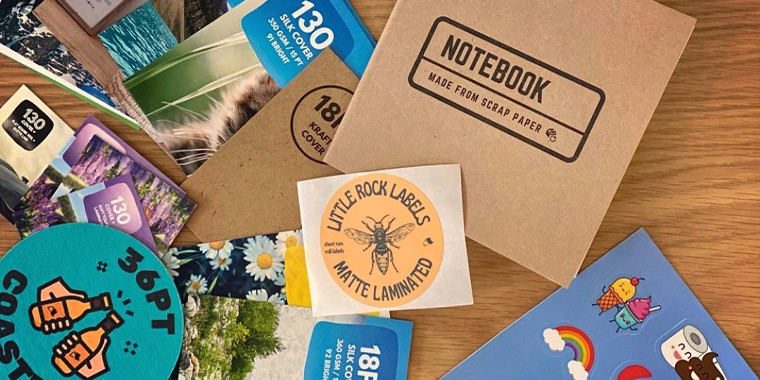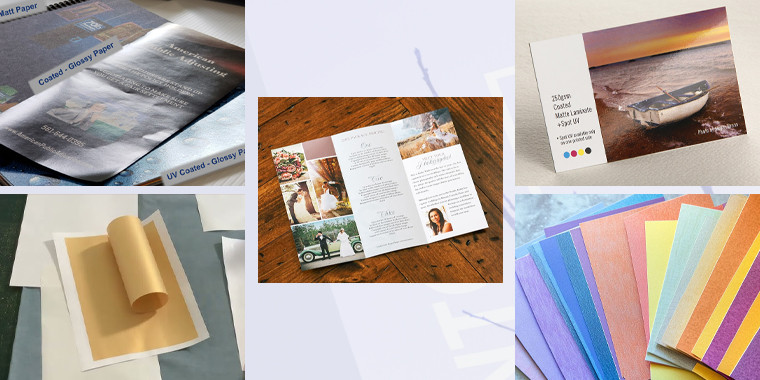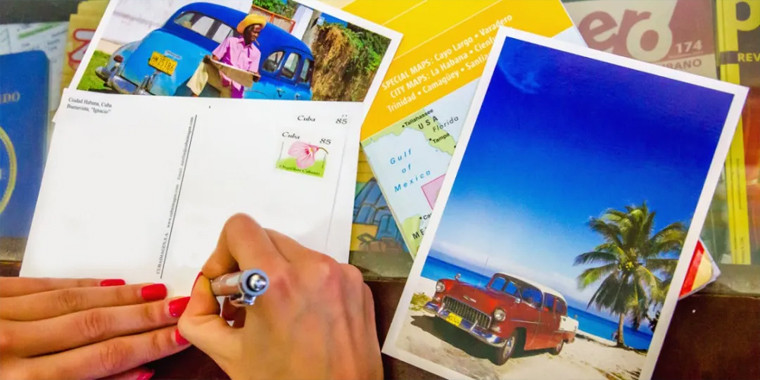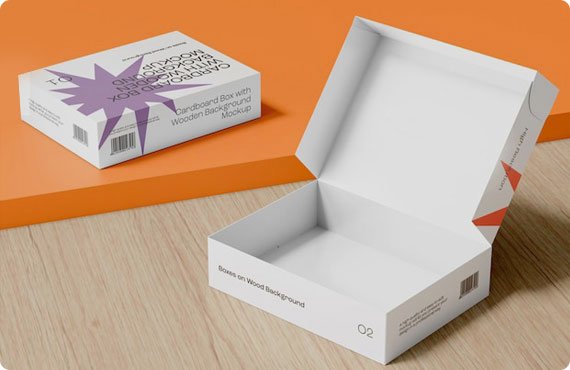September 23, 2025

Have you ever picked up a magazine or a luxury brochure in your hands and thought, “Why does it feel so premium?” If so, you are not alone. The smooth texture and vibrant print you feel while holding it are not just a coincidence; they’re due to the high-quality paper.
What you are seeing is a coated paper, a term often overlooked behind every high-impact visual and sharp detail. Yes! For brands, the right paper is not just about packaging; it’s about presentation.
Many businesses struggle to obtain high-quality, clean, and professional prints, resulting in dull outcomes. The primary issue is selecting the incorrect paper. Whether it’s for packaging, catalog, or marketing materials, coated paper for printing can totally change the game. And the good news is, it’s not as complicated as it seems.
In this article, we’ll explain what coated paper is, explore its main types, and guide you on how it helps your brand look premium and polished.
A coated paper is a regular paper that is coated with a smooth layer, which may be clay or a polymer. It improves the quality, durability, and surface finish. Plus, coated paper is used in packaging, brochures, and promotional materials where vibrant colors and images count. It provides a static and professional look for brands that instantly enhances the look of printed products.
The process of making coating paper begins with standard paper, which then passes through a coating machine that adds a smooth layer to the surface. The following coating can be applied using blades or rollers, depending on the finish required.
The coating paper mixture is made from various materials, including kaolin, calcium carbonate, and latex, which slightly fills the gaps between the paper fibers.
After the coating process is complete, you will receive a dried and pressed paper that can be refined to achieve the final look. This overall process helps control ink absorption and improves the color sharpness.
If you are wondering what coated paper is made of, then it depends on the purpose. However, it’s always designed to enhance print quality and durability for business use.

It is essential to understand the types of coated paper, as it enables your brand to select the appropriate material for use in brochures, catalogues, packaging, and all other printed materials. Add types of coated paper that offer different textures, finishes, and several benefits for printing.
The surface of gloss paper is shiny and bright, which enhances the output of high color contrast and a high level of image sharpness. Gloss-coated paper is the best type for promotional flyers, posters, and retail catalogs, where eye-catching visuals are the priority. But it does not work so well with text-oriented materials as it reflects back to the source of light in particular conditions.
Matte paper is non-glossy, and its light is diffused on the smooth surface, making it easy to read and preventing glare. Additionally, you can apply this to various projects, such as well-packaged products, corporate brochures, and high-quality inserts. Furthermore, it is also able to blend with the detailed prints since it is non-shiny; otherwise, the content may be distracted.
It provides an intermediate between gloss and matte. Silk coated paper gives your print a professional appearance, but not total gloss, and it is slightly shiny with a smooth or soft feel. Plus, brands often use this type for magazines, luxury catalogs, and lookbooks because it provides a high-quality image while remaining static and elegant.
The fourth type that we are going to discuss is the Satin Coated Paper, which is slightly shinier than the matte type, but it is not as shiny as gloss. It is rich in colors, yet it is smooth on the surface, and this is easy on the eyes. This coated paper is most preferably used on company profiles and brand presentation materials.
Dull-coated paper is nearly the same as matte-coated paper except that it is softer and more velvety to the touch of fingers. It provides superior ink management that is ideal when printed media is required to have a little glam, such as exclusive styles of invitation cards, brand books, and so on.
Understanding all of the above categories of coated papers allows brands to make informed decisions and use them easily without any problem. If you have products that require additional packaging, custom mylar bags are an excellent choice, providing durability and a premium finish.
As a brand owner, every time you place an order for coated stock, you tend to hear of C1S (Coated One Side) and C2S (Coated Two Sides). C1S is coated on one side only, and it is best for custom postcards, packaging inserts, and mail labels. The back side of the paper is empty, and you write on it. C2S, on the other hand, is coated on both sides and is more suitable in case of two-sided printing, preferably for product catalogs or folded brochures.
|
Coated Paper |
Uncoated Paper |
|
Coated paper is smooth on the surface and a little shiny. It is commonly used in packaging, brochures, catalogues, and even fine prints, where color has to pop and details are so important. |
Uncoated paper has a natural and textured feel. It requires more ink, which makes it appear softer. |

Coated paper is a perfect solution for brands that require crisp, clean, and brilliant print results. However, to get the best value out of it, there are several things you must know before starting a print job.
Coated Paper does not absorb ink because of its smooth surface. The ink lies rather on top, allowing lines to be sharp and colors to be rich. However, it also means that it takes longer to dry. If you want to avoid smudging or set-off, printers use quick-drying inks or take extra time to dry their printing.
Coated paper manages overprint with spot colors or special treatments such as UV, gloss or matte lamination accurately. Gloss lamination enhances shine and color depth, while matte provides a soft and non-reflective look. Lamination options are available for the packaging and marketing material that require durability and to last longer.
The color varies with the coating. Glossy coated paper has a reflective nature that enhances color, while the matte finish has a slight effect of dulling the colors. This is why print settings and calibration should always be based on the specific finish of the paper being used. Use Pantone Coated colors to ensure consistency and accuracy in color.
Coated paper will be the appropriate choice in case your print work requires high definition, strong color, and an elegant finish. Whether it is in marketing, packaging, or product presentation, this type of paper always gives you professional and clean results. If you want a sleek and sturdy design for your product packaging, consider tuck boxes, ideal for coated paper applications.
The best paper to use with packaging and cards is heavier coated paper (250-400 gsm), and lighter (70-170 gsm) paper is best for handouts and inserts.
If your brand image depends on how it looks on paper, coated stock ensures that the colors are accurate and the design is sharp.
Also Read: Why is UV Coating the Future of Premium Packaging
Coated Paper is one of the most popular papers that brands use for printing. We have discussed every detail related to coated paper, its types, use cases, and benefits that help you to choose the right coated paper for your project.
Are you ready to boost your packaging with coated papers? Contact Custom Designs Boxes via email or phone. Talk with our expert team, and they will discuss the further details of the project with you.
Find the perfect packaging solutions tailored to your industry niche.
Don't just imagine – experience excellence up close, as you can check our superior craftsmanship before making your decision by ordering your sample kit.
